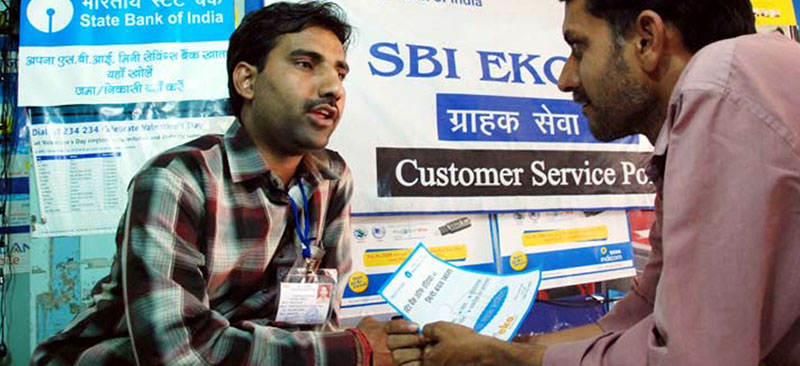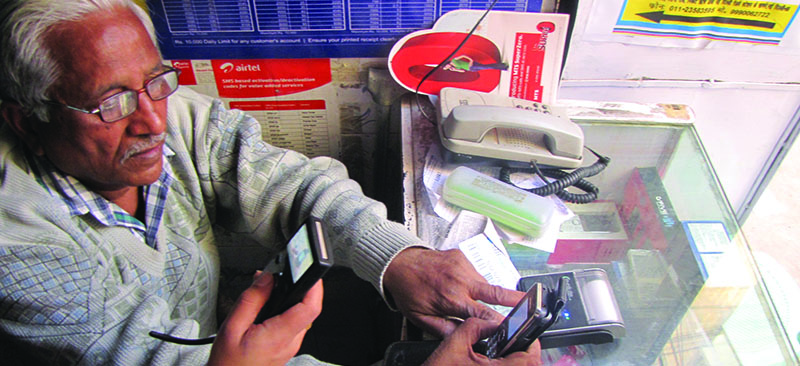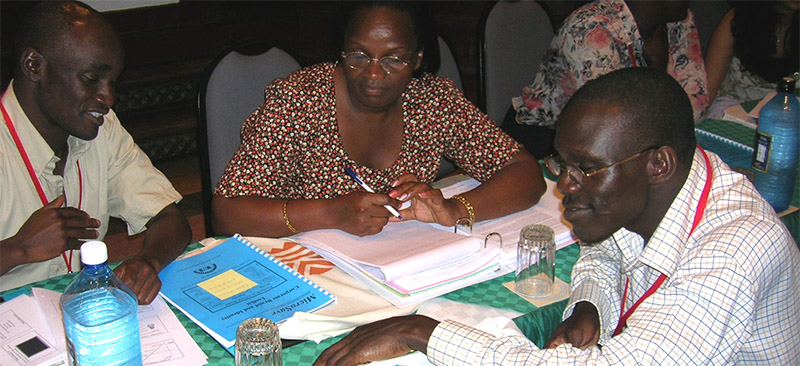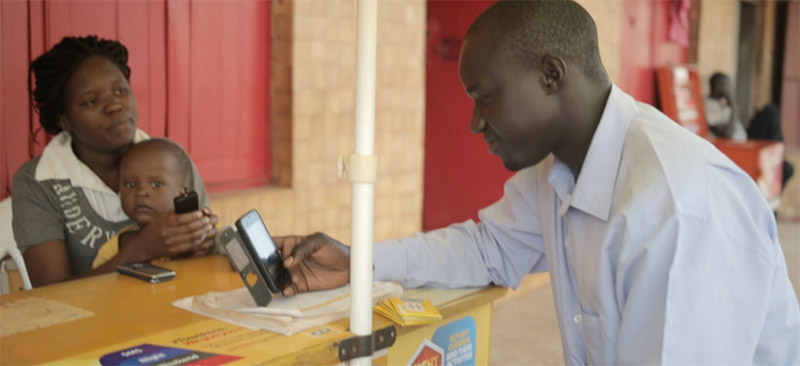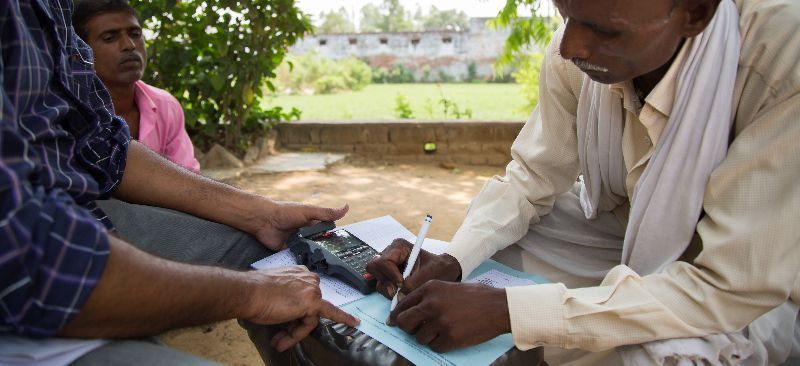The key objective of e/m-banking initiatives in India is to increase the outreach of banking services to the Indian rural market. The challenge to penetrate the Indian rural market is not new and various corporate have successfully conquered the rural market by designing effective marketing campaigns and strategies.
This Note portrays some of the successful rural marketing strategies of Indian corporate and attempts to show how these strategies can be adopted by Indian e/m-banking service providers. The Note concludes by offering the reader, critical lessons that are peculiar to Indian rural markets that need to be incorporated for building a successful rural marketing strategy of e/m-banking service providers in India.

